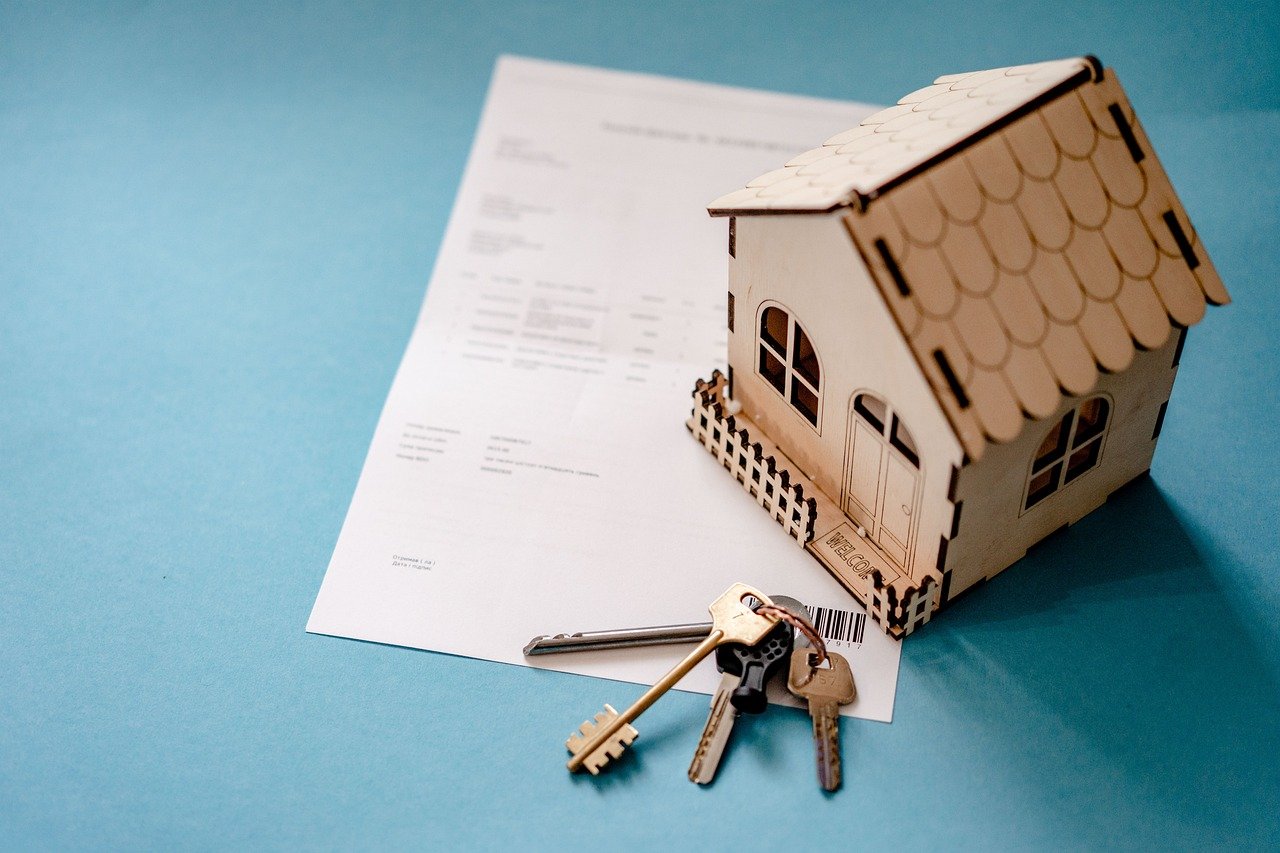Understanding Home Insurance: A Complete Guide
When it comes to protecting your most significant investment, home insurance plays a crucial role. Whether you’re a first-time homeowner or have lived in your home for years, understanding the intricacies of home insurance can provide peace of mind and financial security. In this article, we will explore what home insurance is, the different types available, factors that affect your premiums, and tips for choosing the right policy.
What is Home Insurance?
To start, home insurance is a type of property insurance that protects your home and personal belongings against various risks. Essentially, it provides coverage for damage to your home, as well as liability protection in case someone gets injured on your property.
Why You Need Home Insurance
In the event of unforeseen circumstances—such as natural disasters, theft, or accidents—home insurance helps you recover financially. Without insurance, you could face significant out-of-pocket expenses to repair or replace your home and belongings. Therefore, having a robust home insurance policy safeguards your investment and provides peace of mind.
Types of Home Insurance Policies
When considering home insurance, you’ll encounter several policy types. Understanding the distinctions between them can help you choose the best coverage for your needs.
- HO-1: Basic Form
Firstly, the HO-1 policy is a basic form of home insurance that covers a limited range of perils. This policy typically covers only the following:
- Fire
- Lightning
- Windstorm
- Hail
- Explosion
- Vandalism
However, due to its limited coverage, the HO-1 policy is not widely available today.
- HO-2: Broad Form
Next, the HO-2 policy, also known as the broad form, covers more perils than the HO-1. It typically includes all the basic coverages plus additional risks, such as:
- Falling objects
- Snow and ice
- Water damage from plumbing
This policy offers more comprehensive protection, making it a popular choice for many homeowners.
- HO-3: Special Form
The HO-3 policy is one of the most common types of home insurance. It provides coverage for the structure of your home against all perils except those specifically excluded. Common exclusions may include:
- Floods
- Earthquakes
- Wear and tear
Consequently, this policy offers robust protection for most homeowners.
- HO-4: Renters Insurance
For renters, the HO-4 policy, also known as renters insurance, provides coverage for personal belongings. While it does not cover the building itself, it protects your possessions against risks such as theft, fire, and vandalism.
- HO-5: Comprehensive Form
The HO-5 policy offers the most comprehensive coverage available. It covers your home and personal property against all perils, with few exclusions. This policy also typically includes higher liability limits, making it ideal for homeowners seeking maximum protection.
- HO-6: Condo Insurance
If you live in a condominium, the HO-6 policy is specifically designed for you. This policy provides coverage for your personal property and any improvements made to the unit. Additionally, it often includes liability protection.
- HO-7 and HO-8: Mobile Home and Older Home Insurance
Lastly, the HO-7 policy is tailored for mobile homes, while the HO-8 policy is designed for older homes that may not meet current building codes. Both policies offer specific coverages to protect these unique properties.
Factors Affecting Home Insurance Premiums
As you consider your options, it’s essential to understand the factors that influence your home insurance premiums. By being aware of these elements, you can make informed decisions to potentially lower your costs.
- Location
Your home’s location plays a significant role in determining your premium. Areas prone to natural disasters, such as hurricanes or floods, typically have higher insurance rates. Additionally, homes located in high-crime areas may also face increased premiums.
- Home Characteristics
The age, size, and condition of your home directly impact your insurance costs. Older homes may require more maintenance, while larger homes generally cost more to insure. Furthermore, features like a swimming pool or a home office may increase your premium due to the higher risk associated with these amenities.
- Coverage Amount
Naturally, the amount of coverage you choose affects your premiums. Higher coverage limits and lower deductibles typically result in higher premiums. Conversely, opting for a higher deductible can lower your monthly costs.
- Claims History
Your claims history also influences your premium. If you have a history of frequent claims, insurers may view you as a higher risk, leading to increased premiums. Therefore, maintaining a low claims history can help keep your costs down.
- Credit Score
Interestingly, your credit score can also impact your home insurance premiums. Insurers often use credit scores to assess risk. A higher credit score may result in lower premiums, while a lower score could increase your costs. Therefore, maintaining a good credit score can be beneficial.
How to Choose the Right Home Insurance Policy
Choosing the right home insurance policy requires careful consideration. Follow these steps to ensure you select the best coverage for your needs.
Step 1: Assess Your Coverage Needs
Initially, evaluate your coverage needs based on the value of your home and personal belongings. Consider what items you want to protect and the level of liability coverage you need. This assessment will help you determine the appropriate policy and coverage limits.
Step 2: Shop Around for Quotes
Next, gather quotes from multiple insurance providers. Comparing quotes allows you to identify the best coverage options at competitive prices. Be sure to provide consistent information to each insurer for accurate comparisons.
Step 3: Read Reviews and Ratings
Once you have a list of potential providers, take the time to read reviews and ratings. Websites like Consumer Reports or J.D. Power provide insights into customer satisfaction and claims handling. This research can help you choose a reputable insurer.
Step 4: Understand Policy Exclusions
Before finalizing your decision, carefully read the policy exclusions. Understanding what is not covered can prevent unpleasant surprises in the event of a claim. If necessary, ask your insurer about adding endorsements or riders for additional coverage.
Step 5: Review the Deductible
The deductible represents the amount you’ll pay out of pocket before your insurance kicks in. Consider how much you can comfortably afford when choosing your deductible. A higher deductible may lower your premiums but could result in higher out-of-pocket expenses during a claim.
Step 6: Consult an Insurance Agent
Lastly, consulting an insurance agent can provide valuable guidance. An experienced agent can help you navigate the complexities of home insurance and find a policy that meets your specific needs.
Common Mistakes to Avoid
As you navigate the world of home insurance, be aware of common pitfalls that can lead to inadequate coverage.
- Underinsuring Your Home
One of the most significant mistakes homeowners make is underinsuring their homes. Ensure your policy adequately covers the replacement cost of your home and personal belongings. Regularly reassess your coverage as home values change.
- Failing to Review Policies Regularly
Another common mistake is failing to review your policy regularly. Life changes, such as renovations, new purchases, or changes in family size, may necessitate adjustments to your coverage. Regularly reviewing your policy ensures it meets your current needs.
- Ignoring Discounts
Many insurers offer discounts for various reasons, such as bundling policies, having security systems, or being claims-free. Don’t hesitate to ask your insurer about available discounts, as they can significantly reduce your premiums.
- Overlooking Liability Coverage
Liability coverage is crucial for protecting your assets in case of lawsuits. Some homeowners underestimate the importance of this coverage. Ensure your policy includes adequate liability limits to safeguard your financial future.
Making a Claim
If you ever need to make a claim, knowing the process can ease your stress.
Step 1: Contact Your Insurer
Initially, contact your insurance provider as soon as you experience a loss. Most insurers have 24/7 claims support, allowing you to report the incident quickly.
Step 2: Document the Damage
Next, document the damage thoroughly. Take photos and make a list of affected items. This documentation will support your claim and ensure you receive appropriate compensation.
Step 3: Complete the Claims Process
After submitting your claim, your insurer will assign a claims adjuster to assess the situation. Be prepared to provide any additional information requested. Once the adjuster reviews your claim, they will determine the payout based on your policy’s terms.
Conclusion
In conclusion, understanding home insurance is vital for protecting your home and belongings. By familiarizing yourself with the different types of policies, factors affecting premiums, and how to choose the right coverage, you can make informed decisions that safeguard your financial future.
Remember to assess your needs, shop around for quotes, and regularly review your policy to ensure adequate protection. With the right home insurance policy in place, you can enjoy peace of mind, knowing your investment is secure against life’s uncertainties. Whether you’re a new homeowner or a seasoned veteran, taking the time to understand home insurance can provide lasting benefits for years to come.




